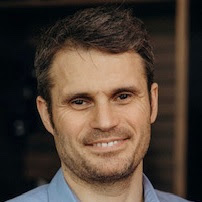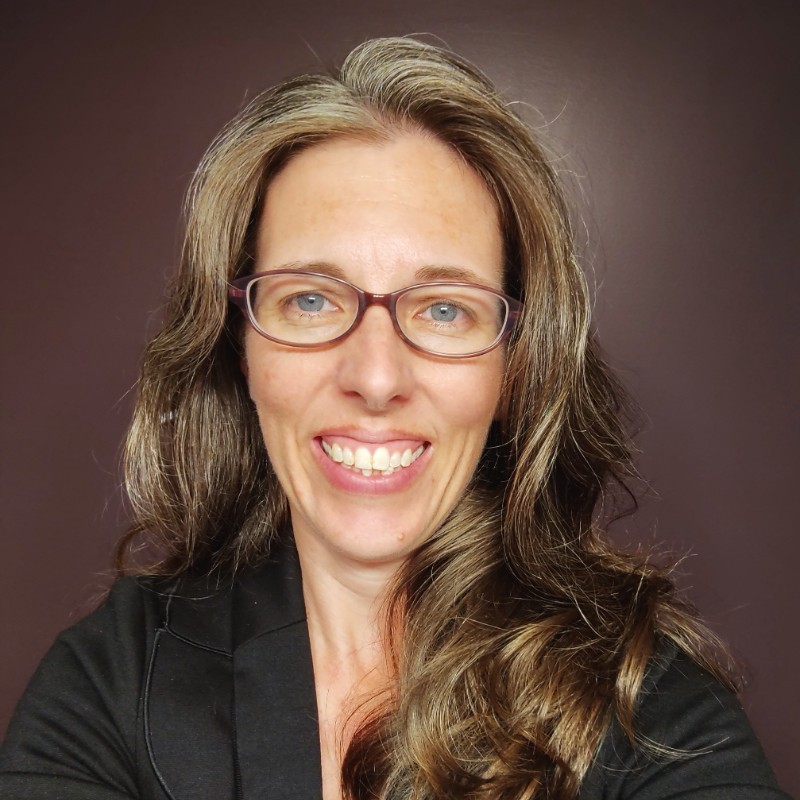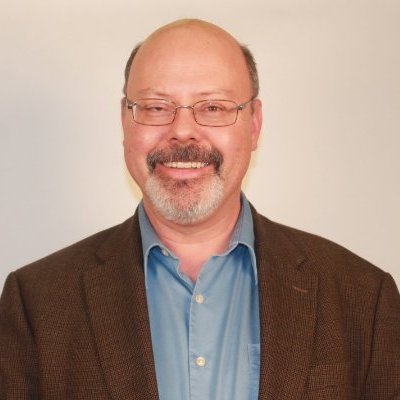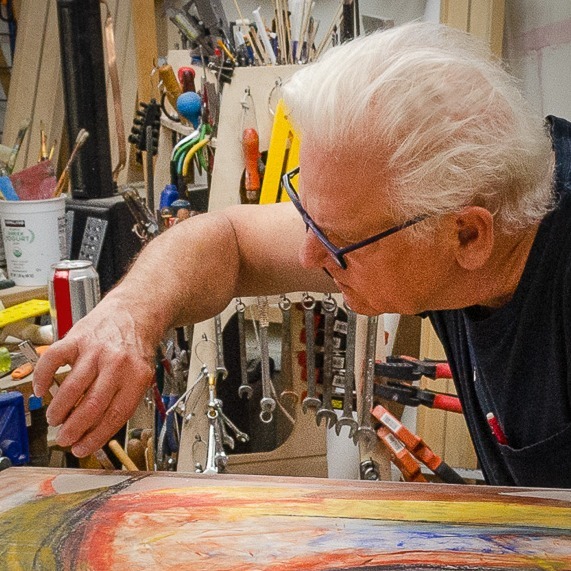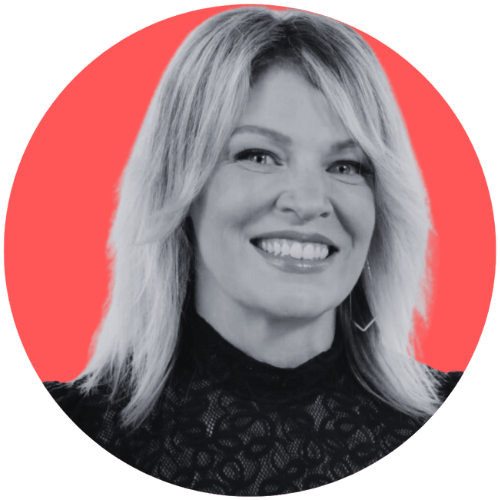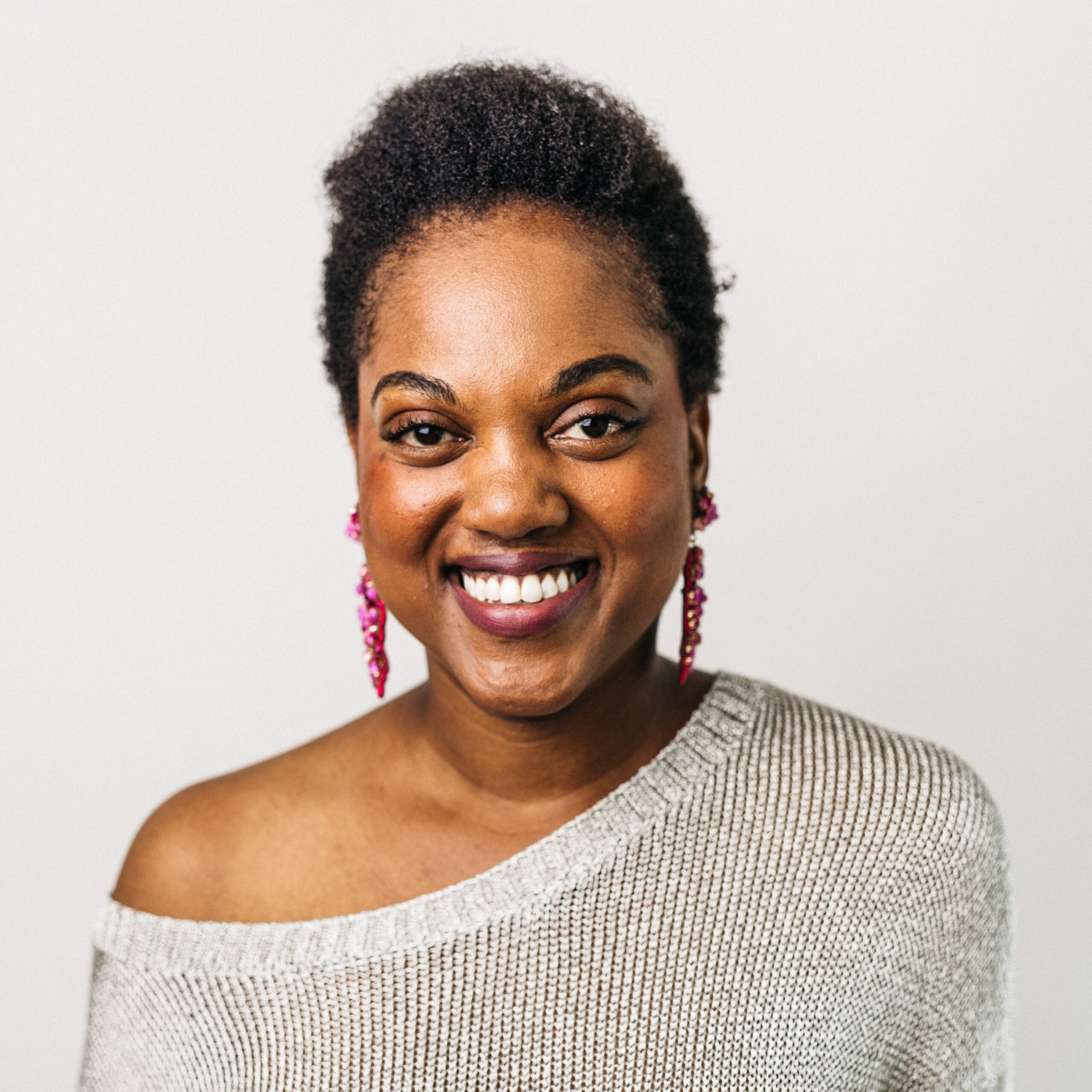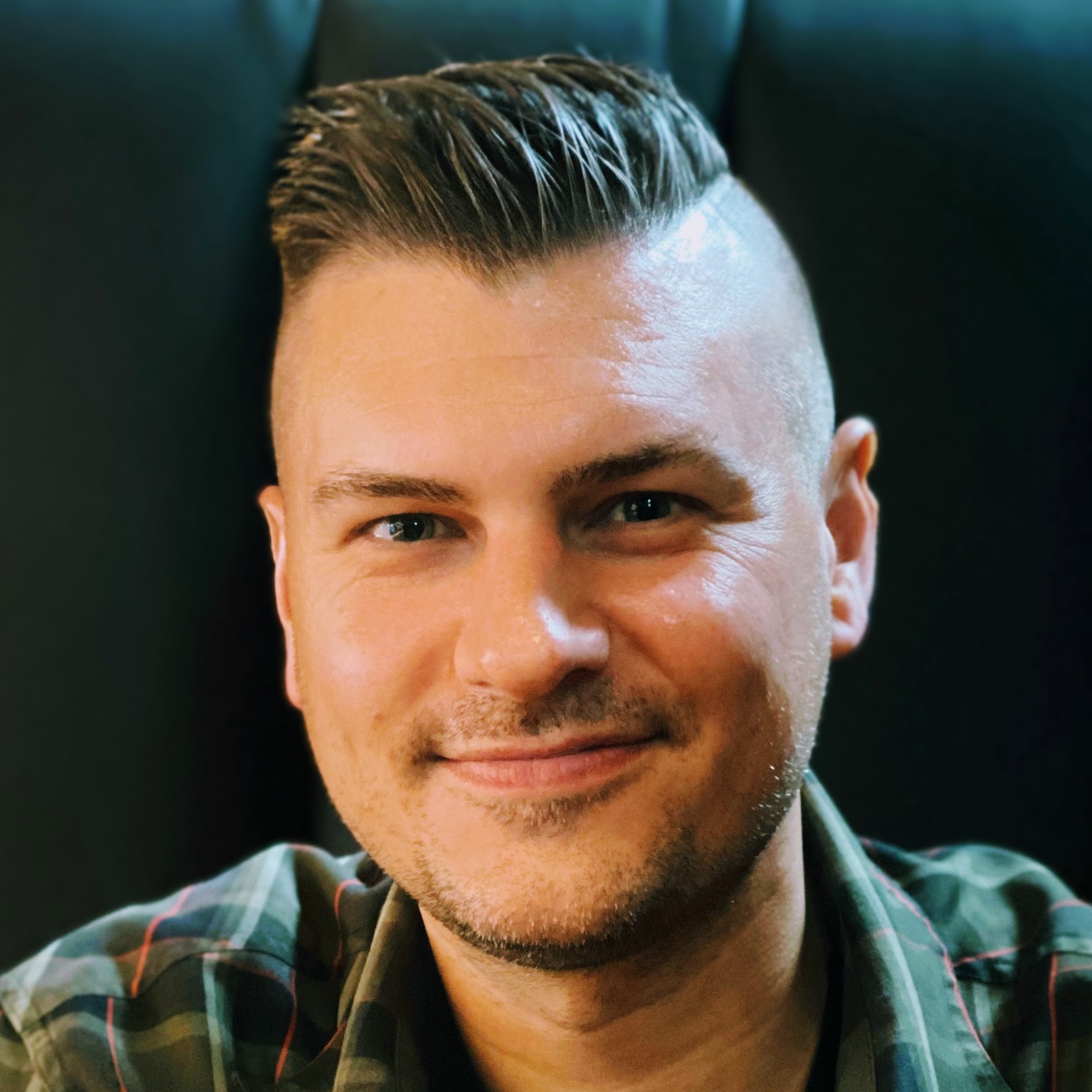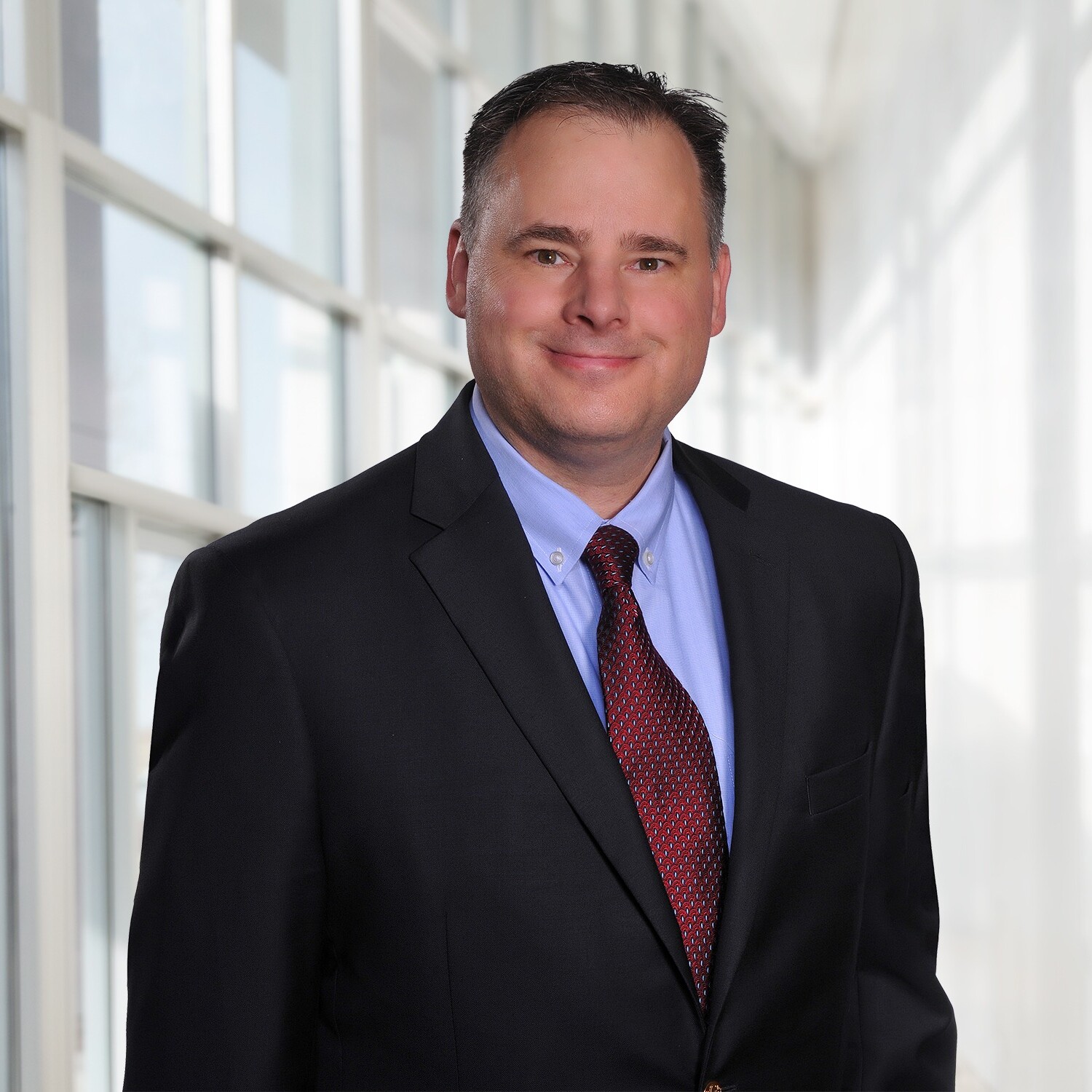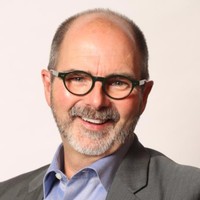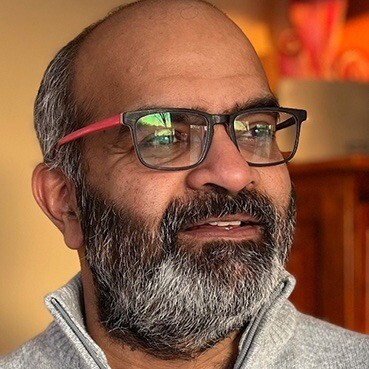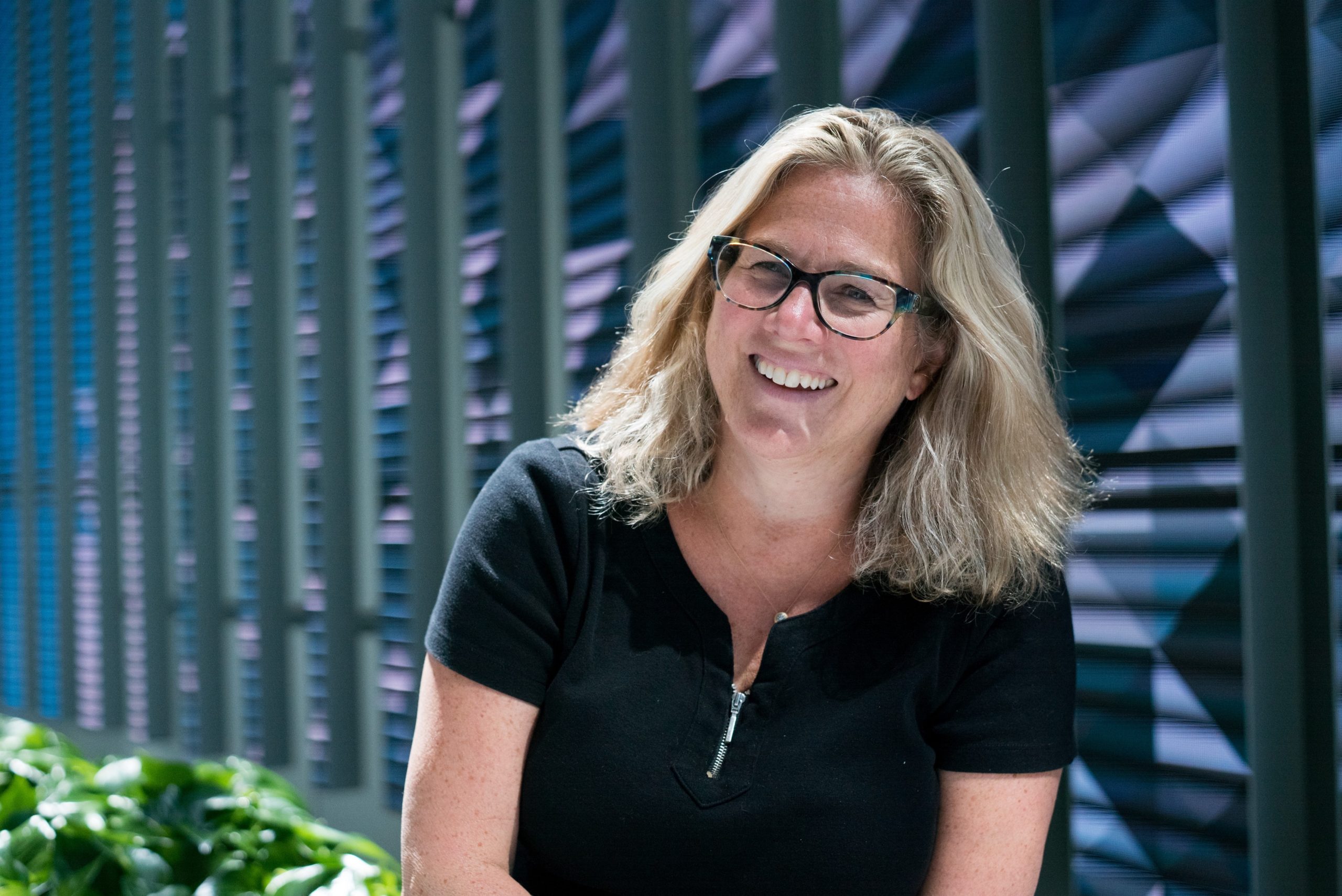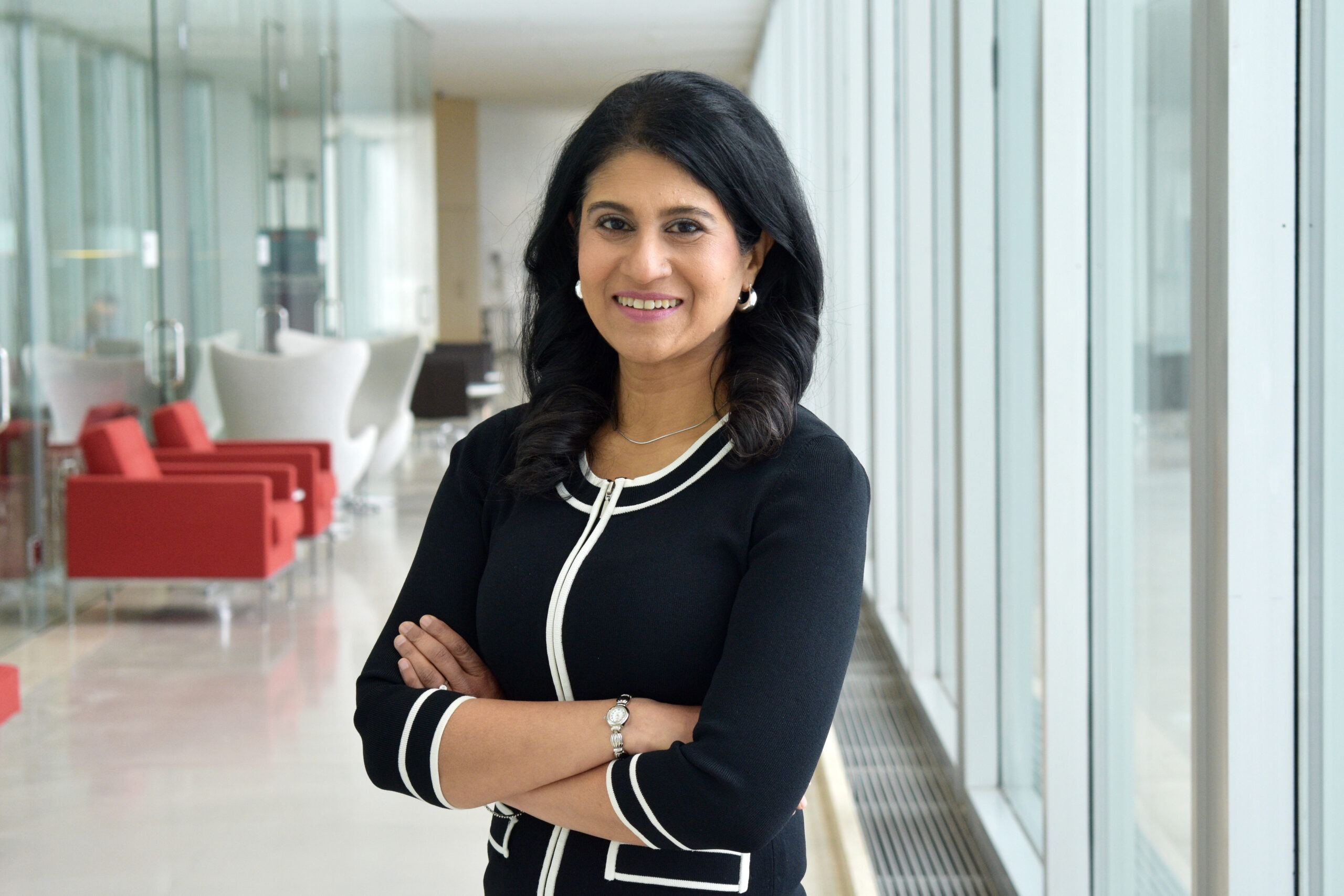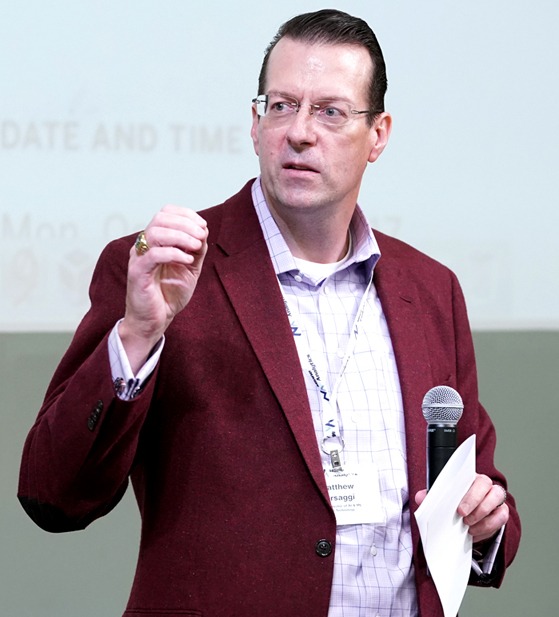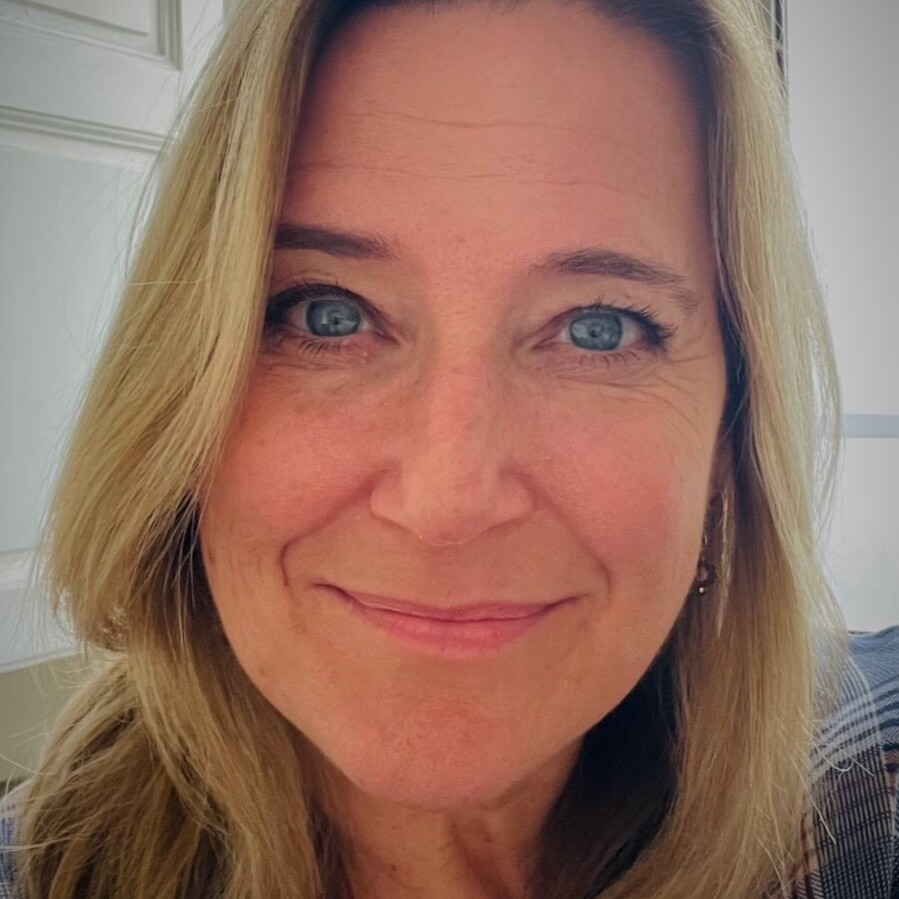Almost a decade ago, leaders at Thomson Reuters identified that they had a problem: there were too few women in their technology practice and of the women that were there even fewer held leadership positions. In an effort to solve this problem, they partnered with organizations like The Anita Borg Institute (now known as AnitaB.org) and sought the advice of leaders like Susan Davis-Ali, PhD.
As a business executive and leadership coach, Davis-Ali was one of the early pioneers who had identified the barriers that women faced in the sector. This effort resulted in her founding Leadhership1 in 2008. Davis-Ali then dedicated her passions and expertise to breaking down said barriers and helping women navigate their career ladder to reach their leadership goals.
According to Davis-Ali, men and women experience the corporate ladder differently. The average male technologist finds their way to the top of the ladder more often than their female peers. Many attribute this imbalance to the “glass ceiling,” an unacknowledged barrier that stands in the way of women’s advancement. But recent reexaminations of the professional climate suggest a different problem, often overlooked, but easily corrected
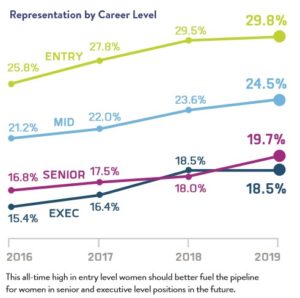 The work conducted by Davis-Ali has since been validated by organizations like McKinsey. In their report coauthored with LeanIn.org entitled ‘2019 Women in the Workplace’ they state that “contrary to popular belief, the glass ceiling is not the biggest obstacle to women’s progression it is at the first step up to manager— or the ‘broken rung.’ For every 100 men promoted and hired to manager, only 72 women are promoted and hired. This early inequality has a long-term impact on the talent pipeline.”
The work conducted by Davis-Ali has since been validated by organizations like McKinsey. In their report coauthored with LeanIn.org entitled ‘2019 Women in the Workplace’ they state that “contrary to popular belief, the glass ceiling is not the biggest obstacle to women’s progression it is at the first step up to manager— or the ‘broken rung.’ For every 100 men promoted and hired to manager, only 72 women are promoted and hired. This early inequality has a long-term impact on the talent pipeline.”
The Leadhership1 program aims to change all that but first it needs tech companies to get involved. Rick King, Executive Vice President of Operations at Thomson Reuters, was one of the first tech leaders eager to engage in fixing the problem.
“When Susan Davis-Ali and I talked about starting the program, our goal was to stop the mid-career departures of our valued women technologists,” King said. “We studied the various factors leading to resignation and Susan designed a program to change the outcomes. This was 11 years ago. Nearly 1,000 women later, we continue to achieve our goals.”
How the program works
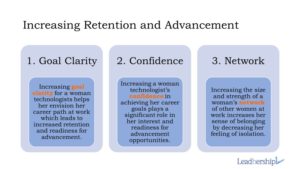 Thomson Reuters’ Leadhership1 initiative is a six-month virtual leadership development program designed for emerging female talent. Initially focused on technologists, the program has since expanded to include women in roles across the organization.
Thomson Reuters’ Leadhership1 initiative is a six-month virtual leadership development program designed for emerging female talent. Initially focused on technologists, the program has since expanded to include women in roles across the organization.
Over the span of half a year, participants engage both independently and collectively with the curriculum, following weekly online coaching modules on their own and coming together monthly to discuss leadership topics within a team of approximately 15 peers. The most recent cohort included 10 teams, reaching 150 total participants.
“This group aspect to the program is key to the program’s success,” Davis-Ali explained. “By increasing the size and strength of a woman’s network, we increase her feelings of belonging – which is key to increasing her retention.”
The Leadhership1 program also provides participants with the tips, tools and proven strategies necessary to increase their goal clarity and strengthen their “portfolio” of exercises and assessments so they can better jump-start conversations with their mentors and sponsors.
All for one and one for all
Networks are crucial, and support is especially needed from both sides, male and female. To this end, Thomson Reuters introduced a mentor enhancement element to the program this year, helping to connect current participants to leaders across Thomson Reuters.
In this way, leaders and participants work together over a period of 6 months, beginning as mentors/mentees, with the overall goal of sponsorship, as their relationships form.
Beyond Leadership1, Thomson Reuters also enables the expansion of women technologists’ networks through sponsorship and participation at the Grace Hopper Conference and other industry forums, as well as through internal opportunities including the Growing Diverse Architects program and Women in Technology business resource groups.
“Diversity and innovation go hand in hand at Thomson Reuters, and this requires a fully integrated effort to hire, retain and promote more women – of which, Leadhership1 is a cornerstone. While our efforts and results exceed many of our peers, there is still much more to do,” shared Pragashini Fox, Head of Talent & Diversity for Thomson Reuters.
Alumni speak louder than words
Many success stories have emerged since Leadhership1 began, but one of the most current examples of the program’s results can be found in Julie Hutchings. With an undergrad in Accounting (BBA), and a JD, she practiced Family Law for several years before taking a job as a Content Developer with a small software company that was acquired by Thomson Reuters in 2008. Hutchings took part in the most recent cohort and not long after graduating was promoted to Judicial Editorial Strategy and Process Manager at Thomson Reuters.
“I was excited about the training from the day I received my invitation, but the program exceeded my expectations,” Hutchings said. “This training has been eye-opening as far as making me look closer at both my strengths and weaknesses. It made me reevaluate how I view my work persona and how I should best project myself in work situations.”
The future of women in tech
For many women like Hutchings, the ambition to climb the corporate ladder has always been present. Now armed with the techniques to rise and a work environment that encourages her to do so, the next opportunity doesn’t feel so far away.
“My next goal is to continue to move up the ladder in Judicial Editorial,” Hutchings said. “In my perfect world, I would love to be Senior Director of Judicial Editorial at some point in the future. Starting anything new can be intimidating. The best thing you can do is jump in with both feet and learn as much from the experience as possible.”
At present, Davis-Ali is doing what she can to make that ‘perfect world’ more accessible and the more technology companies and sponsors that partner with the program, the easier it will be.
“My hope,” Davis-Ali said, “is that 10 years from now the tech industry will have reached gender parity and the need for a company to hire Leadhership1 to help retain and advance mid-career women leaders becomes obsolete. Until that time, my goal is that all mid-career women who want to participate in the Leadhership1 program are given that opportunity. We have seen the impact it makes for women, their teams, and their organizations, and we want that win-win-win impact to be common-place in the Twin Cities tech community and beyond.”
Let’s keep the conversation going
Looking to address the broken rung in your organization? Join the Minnesota Technology Association on August 25, for a Virtual Fireside Chat with Rick King and Susan Davis-Ali, as we discuss advancing women in technology and what can be done to mend the broken rung on a broader scale. MnTech’s President and CEO Jeff Tollefson will moderate. We hope to see you there!

